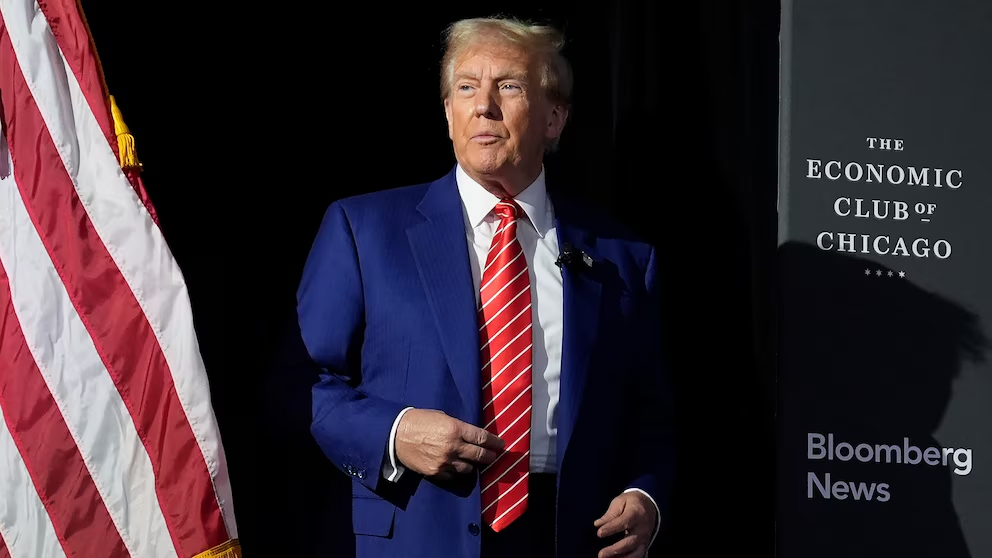India’s textile sector is bracing for a challenging landscape as it navigates the complexities of international trade dynamics, particularly with the anticipated tariffs under President-elect Donald Trump’s administration. As Trump prepares to take office in January, his administration is expected to push for lower tariffs, targeting countries like India that have been accused of imposing high tariffs on US imports.
Despite these pressures, there are positive signs on the horizon. Recent border disengagement with China and a bilateral meeting between Prime Minister Modi and President Xi Jinping have sparked optimism among economists regarding potential manufacturing investments flowing from China to India. This could enhance India’s export capabilities to developed markets.
In the fiscal year from April to November, India’s services exports have surged by 14.5%, reaching $252 billion, while merchandise exports have seen a modest increase of 2% to $284 billion. However, imports have risen by 8%, leading to a widening trade deficit that hit a record $37.84 billion in November, compared to $21.31 billion the previous year. The depreciation of the rupee has made exports more lucrative in local currency terms but has also increased import costs.
The ongoing US-China trade tensions are reshaping global supply chains, presenting both challenges and opportunities for India’s textile industry. Since the onset of the trade war in 2018, US imports from China have decreased significantly, creating space for other countries like Mexico, Canada, and ASEAN nations to benefit. India has also seen an increase in its exports to the US by $36.8 billion during this period, particularly in textiles, electronics, and pharmaceuticals.
To mitigate reliance on Chinese intermediates and strengthen domestic supply chains, India has launched initiatives like Atmanirbhar Bharat aimed at boosting local manufacturing and enhancing export competitiveness across key sectors. The government is focused on improving infrastructure and implementing targeted policy reforms to position India as a global manufacturing hub.
However, experts caution that if high tariffs are imposed on China, India could face collateral damage as these tariffs may inadvertently apply to Indian exports as well. Additionally, many micro, small, and medium enterprises (MSMEs) in the textile sector rely heavily on imported raw materials from China. Rising input costs due to escalating US-China tensions could impact their profitability.
Despite these challenges, India’s strategy of diversifying export destinations—targeting sectors such as textiles, chemicals, pharmaceuticals, electronics, automotive, and industrial machinery—aligns well with current global trends favouring supply chain diversification. The government’s Production Linked Incentive (PLI) schemes are designed to help MSMEs tap into global markets.
As India adapts to these evolving trade dynamics under the “Trump 2.0” administration, the logistics sector is also expected to experience growth driven by increased trade volumes. This will necessitate advancements in freight capacities and supply chain management technologies.
While the future remains uncertain amid potential tariff implementations and ongoing geopolitical tensions, India’s textile sector is poised for transformation as it seeks to leverage emerging opportunities in a rapidly changing global economy.

